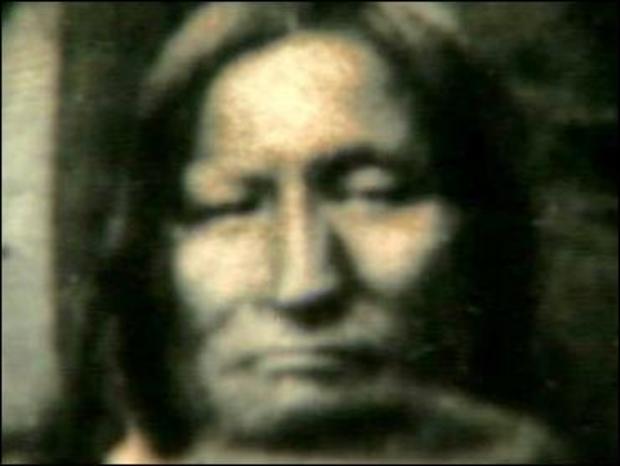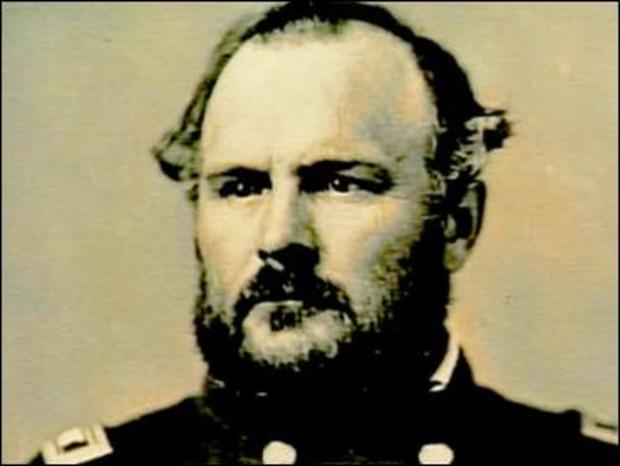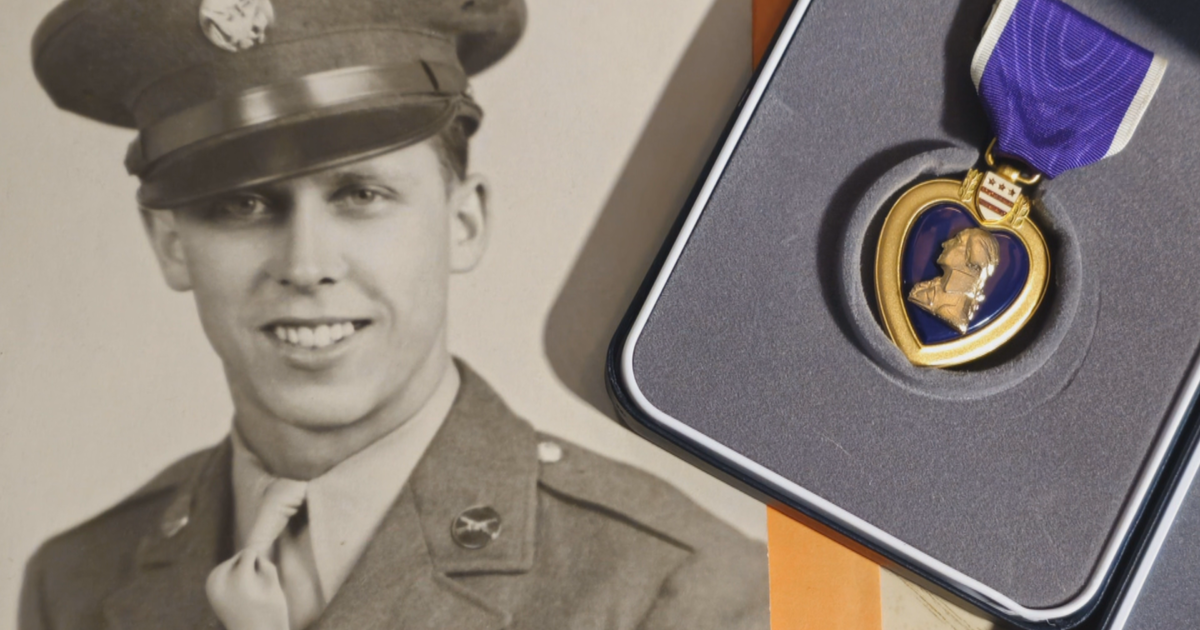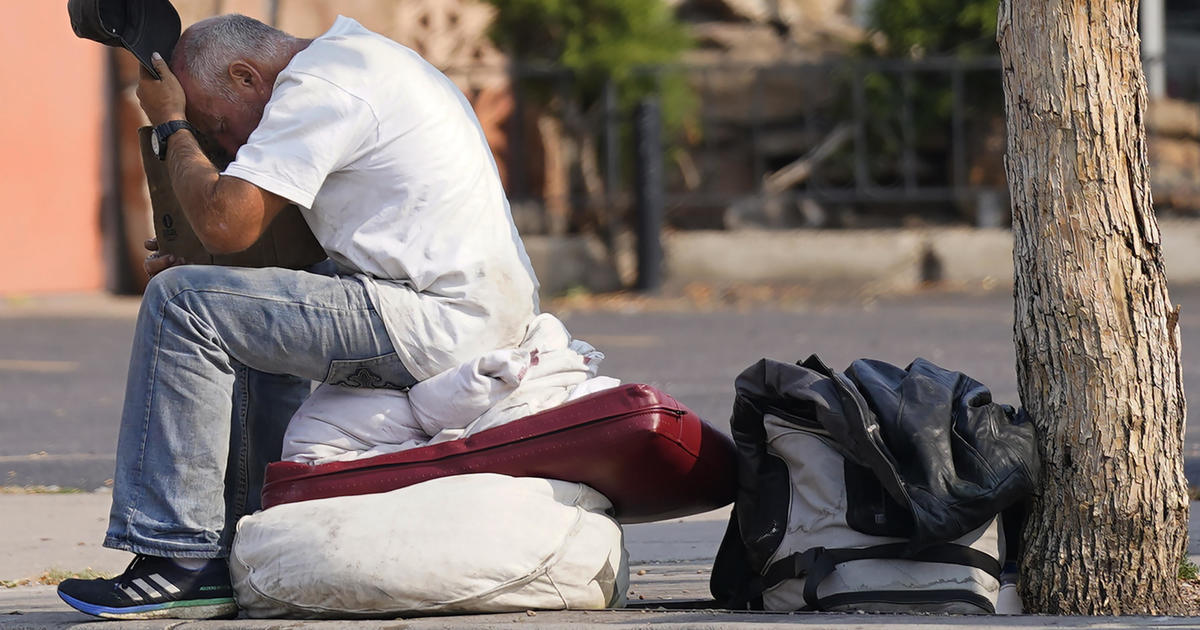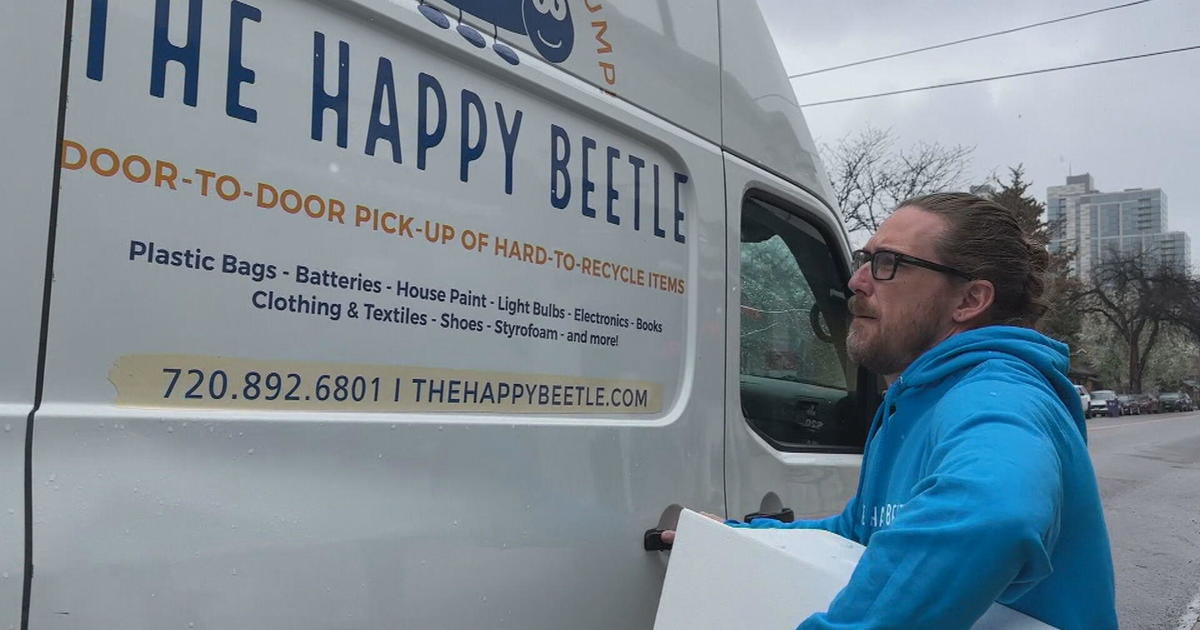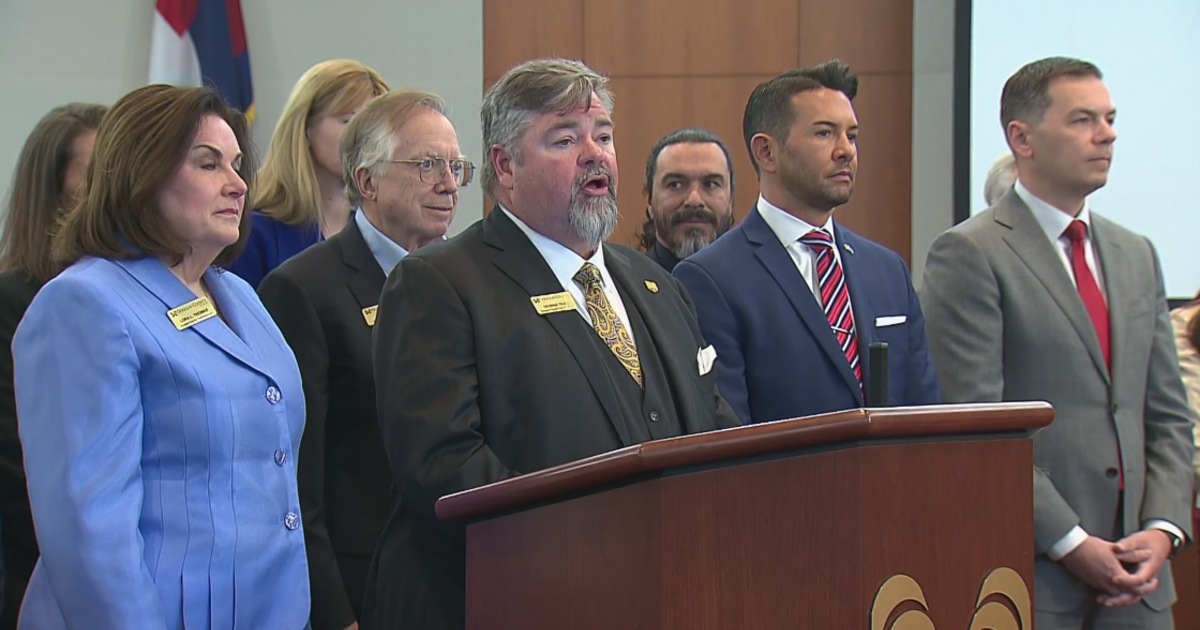Denver Museum To Consult With Native Americans
DENVER (AP) - Colorado state museum officials began consulting with Native American tribes on Tuesday after the museum closed an exhibit on the Sand Creek Indian massacre over complaints from descendants of the slaughter's survivors that they weren't consulted about the display.
State historic preservation officer Ed Nichols said it's is a good first step repairing relations with tribes as the 150th anniversary of the massacre approaches on Nov. 29.
Meanwhile, Gov. John Hickenlooper on Monday announced the appointment of members to the Sand Creek Massacre Commemoration Commission. The commission will be co-chaired by Hickenlooper and Lt. Gov. Joe Garcia, and include tribal, federal, state and local governments, historians, scholars, religious leaders, and institutions of higher education to work out details of anniversary events. Dates for those meetings have not been set.
The tribes are sovereign nations, which require separate government-to-government negotiations with each tribe that make compromises difficult. Under an agreement announced Monday, Colorado officials, History Colorado museum officials, the Northern Cheyenne Tribe of Montana, the Northern Arapaho Tribe of Wyoming, and the Cheyenne and Arapaho Tribes of Oklahoma Tribes agreed to hold joint meetings to determine ways to educate the public about the Nov. 29, 1864, massacre, and the history and culture of the Cheyenne and Arapaho people, while maintaining the cultural integrity of the exhibits.
The results of Tuesday's first round of discussions have not been disclosed.
During the massacre, a U.S. Army force led by Col. John M. Chivington swept into a sleeping Indian village in southeastern Colorado. Troops killed more than 160 Cheyenne and Arapaho, most of them women, children and the elderly. Officials at the time insisted the attack was to avenge Native American raids on white settlers and kidnappings of women and children.
Survivors' descendants say the U.S. government had ordered their ancestors to stay at a camp at Sand Creek, 180 miles southeast of Denver, while talks were held on their future. During the attack, some victims' bodies were mutilated; body parts were taken back to Denver, where the soldiers were hailed as heroes.
Nichols said it's important for Americans to understand what happened and why.
"The history of the Sand Creek Massacre is one of profound local and national importance for the Cheyenne and Arapaho people and all of us as a society," Nichols said. "We have worked with the Cheyenne and Arapaho people for many years and highly value our relationship," he said.
Dale Hamilton, a descendant of Chief Sand Hill, one of the survivors, complained after the exhibit was closed last June that curators of the History Colorado Center museum in Denver didn't consult tribes about the display.
Tribal historians found some dates were wrong, excerpts from letters left out crucial details, and the exhibit attempted to explain Native American-white settler conflicts as a "collision of cultures," said Hamilton, of Concho, Okla., where he lives with Cheyenne and Southern Arapahoe tribes.
"This wasn't a clash of cultures. This was a straight-up massacre. All we are looking for is respect for our relatives who were murdered," Hamilton said.
- By Dan Elliott, AP Writer
(© Copyright 2014 The Associated Press. All Rights Reserved. This material may not be published, broadcast, rewritten or redistributed.)
